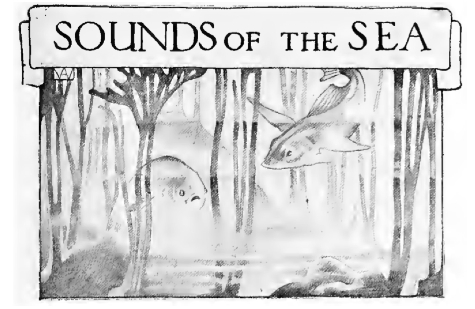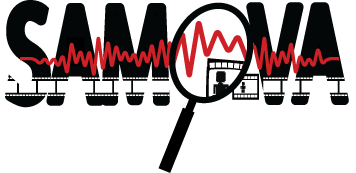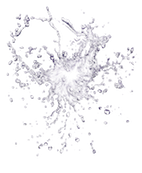Water sound detection
The analysis of instrumental activities of daily life is an important tool in the early diagnosis of dementia such as Alzheimer. The IMMED project investigates tele-monitoring technologies to support doctors in the diagnostic and follow-up of the illnesses. The project aims to automatically produce indexes to facilitate the doctor’s navigation throughout the individual video recordings. Water sound recognition is very useful to identify everyday activities (e.g. hygiene, household, cooking, etc.).
Classical methods of sound recognition, based on learning techniques, are ineffective in the context of the IMMED corpus, where data are very heterogeneous. On the other side, computational auditory scene analysis provides a theoretical framework for audio event detection in everyday life recordings.
We propose a new system of water flow recognition, based on a new feature called spectral cover. Our system obtains good results on more than seven hours of videos, and thus was integrated to the IMMED framework [Guyot2012]. A second stage improves the system precision using Gammatone Cepstral Coefficients and Support Vector Machines [Guyot2013b]. However, a perceptive study showed the difficulty to characterize water sounds by a unique definition.

To detect other water sounds than water flow, we used material provide by acoustics studies. A liquid sound comes mainly from harmonic vibrations resulting from the entrainment of air bubbles. We built up an original system to recognize water sounds as group of air bubble sounds [Guyot2013a]. The following video shows the result or our system of air-bubble sound detection in two excerpts of water sounds.
Flash player required
As air-bubble phenomenom is a key point for all water sounds, this new system is able to detect a wide variety of water sounds. However, it cannot replace our water flow detection system for noisy flows.
Our two systems seem complementary to provide a robust recognition of different water sounds of daily living. A perceptive study was designed to compare our two approaches with human perception [Guyot2014, Guyot2017]. A free categorization task has been set up on various excerpts of liquid sounds. The framework of this experiment encouraged causal similarity. Results show several classes of liquids sounds, which may reflect the cognitive categories.

In an experiment performed on these categories, most of the sounds are detected by one of our two systems. This result emphasizes the necessary and sufficient aspect of our two approaches, which seem relevant to characterize and identify a large set of sounds produced by the water.
Main publications
[Guyot2017] Patrice Guyot, Olivier Houix, Nicolas Misdariis, Patrick Susini, Julien Pinquier, Régine André-Obrecht. Identification of categories of liquid sounds. The Journal of the Acoustical Society of America, 142(2), 878-889.
[Guyot2014] Patrice Guyot, Olivier Houix, Nicolas Misdariis, Patrick Susini, Julien Pinquier, Régine André-Obrecht. Catégorisation des sons de liquides. Proceedings of the Congrès Français d’Acoustique (CFA 2014), Poitiers, France, april 2014.
[Guyot2013a] Patrice Guyot, Julien Pinquier, Régine André-Obrecht. Water sound recognition based on physical models. Proceedings of the IEEE International Conference on Acoustics, Speech, and Signal Processing (ICASSP 2013), Vancouver, Canada, june 2013.
[Guyot2013b] Patrice Guyot, Xavier Valero Gonzalez, Julien Pinquier, Francesc Alias. Two-step detection of water sound events for the diagnostic and monitoring of dementia. Proceedings of the IEEE International Conference on Multimedia & Expo (ICME 2013), San Jose, USA, july 2013.
[Guyot2012] Patrice Guyot, Julien Pinquier, Régine André-Obrecht. Water flow detection from a wearable device with a new feature, the spectral cover. Proceedings of the IEEE International Workshop on Content-Based Multimedia Indexing (CBMI 2012), Annecy, France, june 2012.
Patrice Guyot. PhD Thesis. Caractérisation et reconnaissance de sons d’eau pour le suivi des activités de la vie quotidienne. Une approche fondée sur le signal, l’acoustique et la perception.
Contributors
In the Samova Team:
External collaborations:
- Xavier Valero
- Olivier Houix, Nicolas Misdariis and Patrick Susini from the Perception and sound design team at IRCAM

